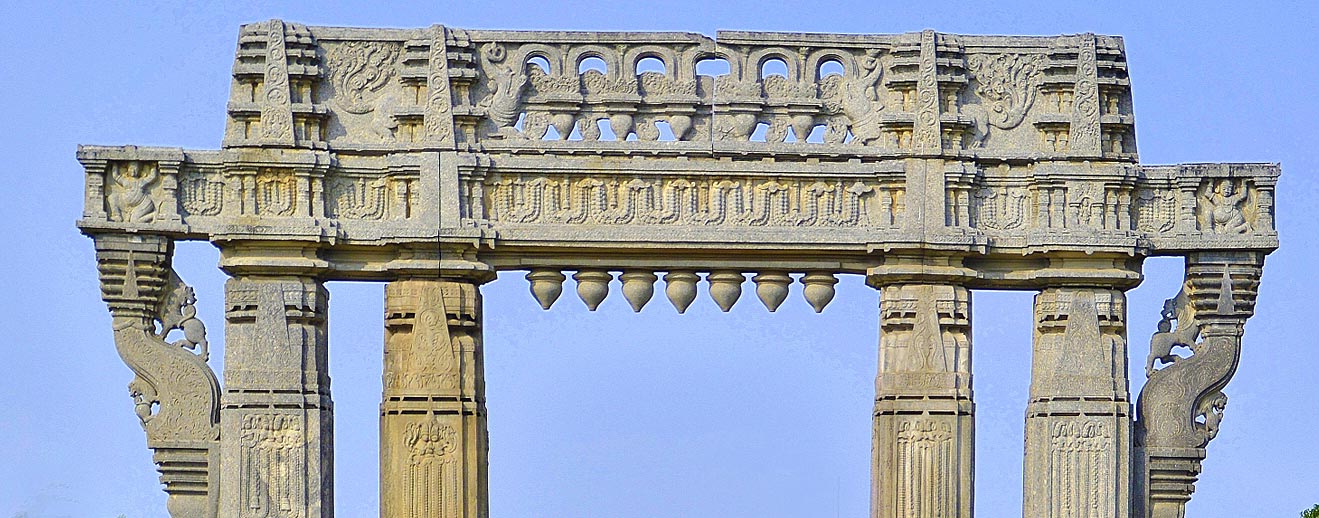
Warangal, the city of the Kakatiya sovereigns
Located 150 km from Hyderabad, Warangal is not to be missed during your trip to Telangana. The Kakatiya sovereigns have left there several monuments, which are distinguished by their elaborate architecture. One of these vestiges, the arches of the victory of the Warangal fort, is now the emblem of the state of Telangana.
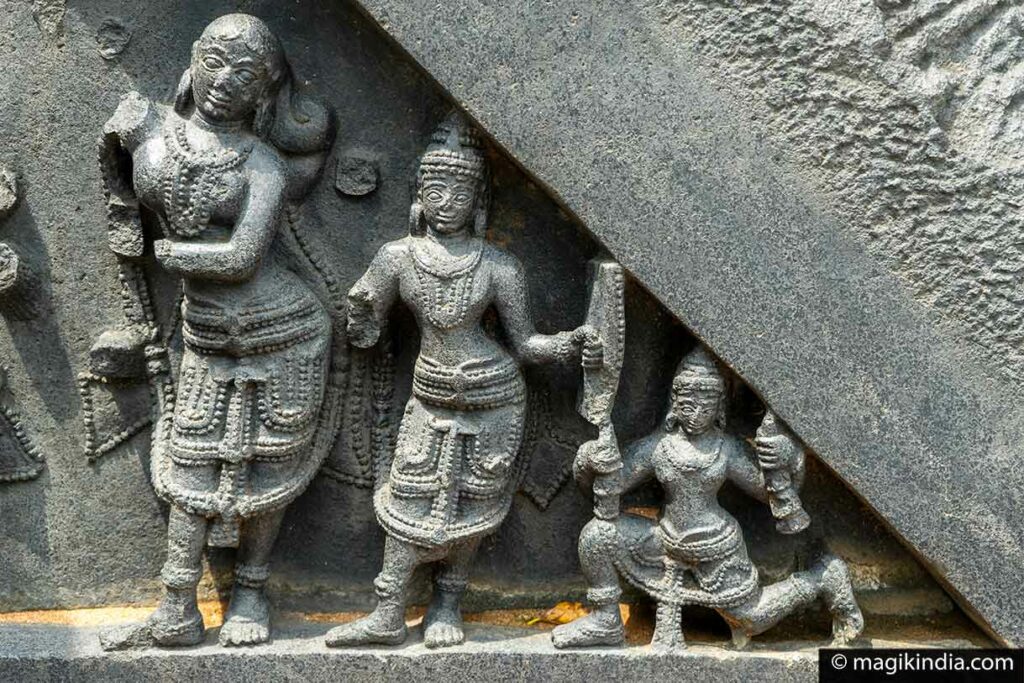
The Kakatiya dynasty of Telugu culture, ruled from 1083 to 1323 on a realm encompassing approximately the current Andhra Pradesh, and whose capital was Orougallou. This state of Hindu Shivaite confession was one of the great Telugu states to be maintained throughout the centuries until its conquest by the Delhi Sultanate.
After that Prataparudra, the last Kakatiya king, was defeated by Ulugh Khan, the Musunuri Nayaks gathered a coalition of 72 Nayak tribes, took Warangal back to the Delhi sultanate and ruled the region for about fifty years.

The Mughal Emperor Aurangzeb conquered Golconda in 1687 and reigned over the country until, in 1724, the southern provinces of the Empire rose and formed the Nizam state of Hyderabad, which included the Telangana region and parts of Maharashtra and Karnataka.
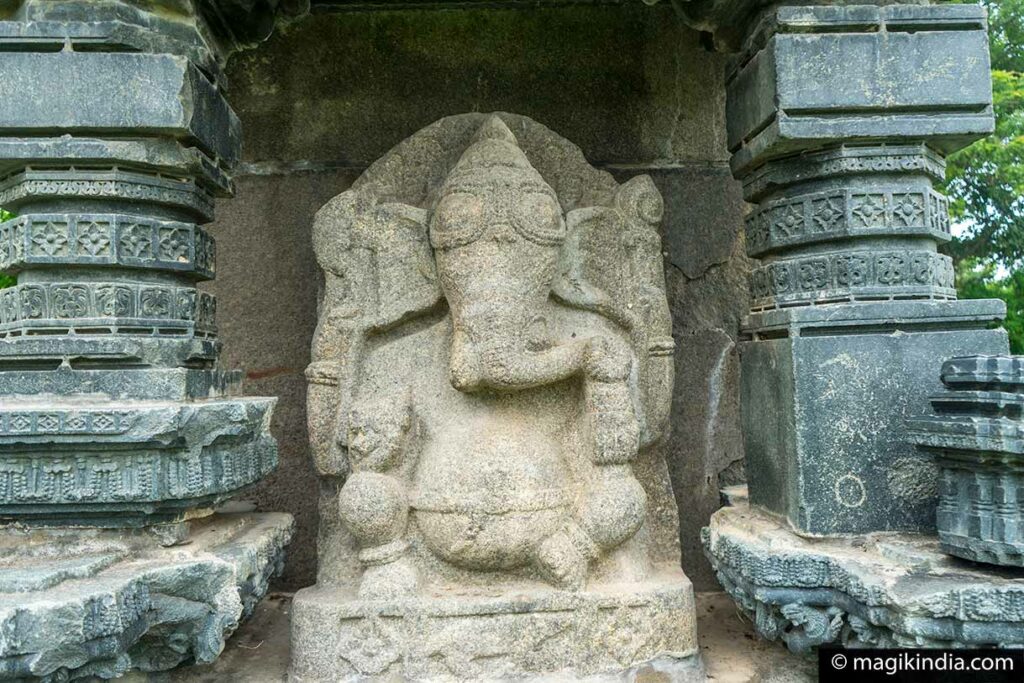
And now, let’s visit Warangal!
Warangal Fort
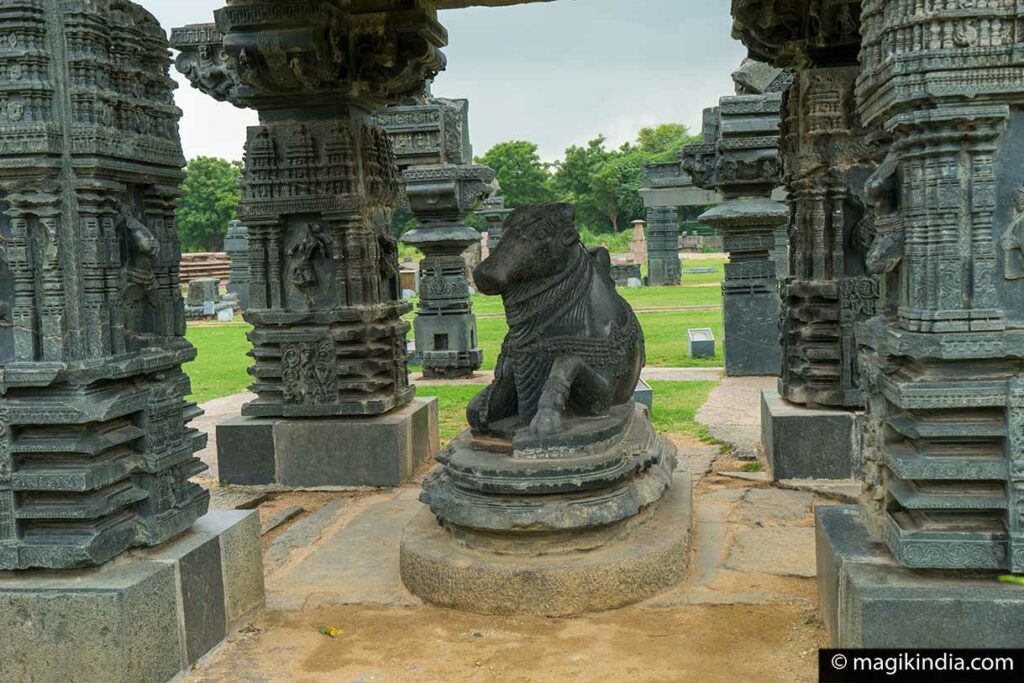
Warangal Fort although in ruins is one of the main attractions of the city due to its historical heritage.
This 13th century fort was built by King Kakatiya Ganapati Deva and his daughter Rudramma Devi. It extended over a radius of 19 kilometers and included three distinct circular bastions surrounded by a moat, 45 towers and a temple dedicated to ‘Swayambhu’ in its centre.
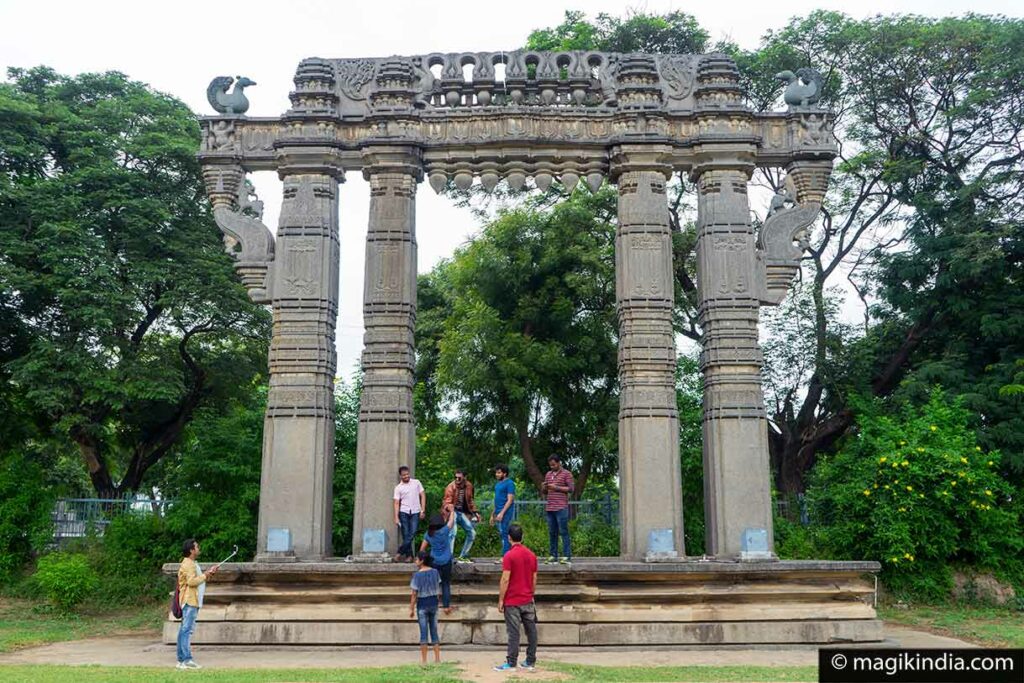
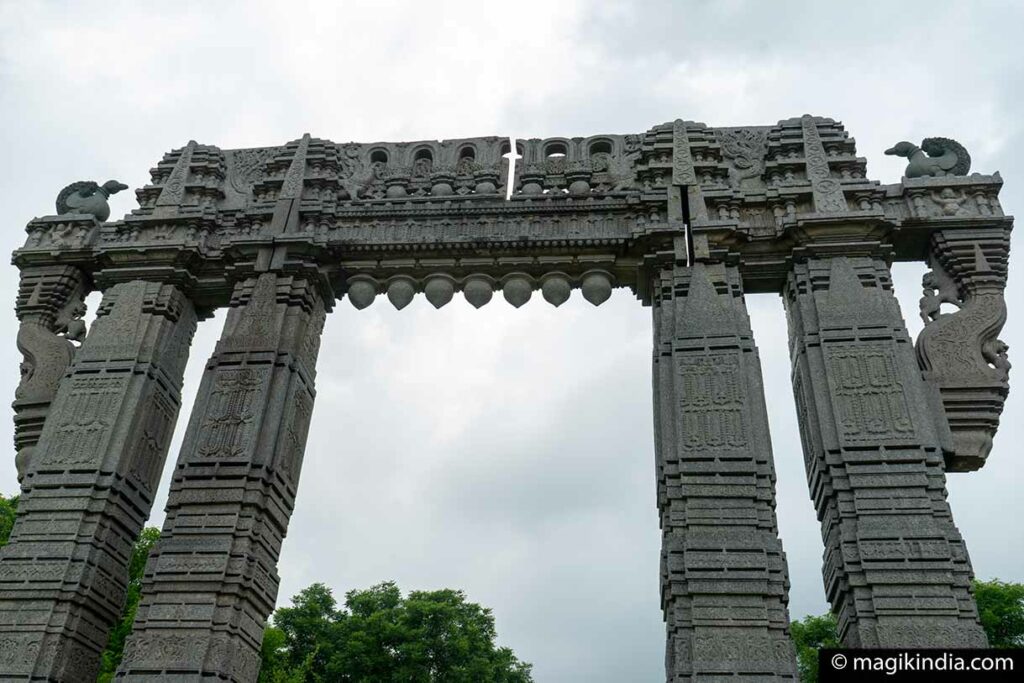
The fort has witnessed several battles and a few vestiges remain; amongst them, four finely sculpted ‘Keerti Torana’ (arches of victory) placed at the cardinal points and a temple to Shiva with the sculpture of the bull Nandi, and two statues of ‘dwarapalakas’ (guardians of the temple) placed at the entrance of the temple.
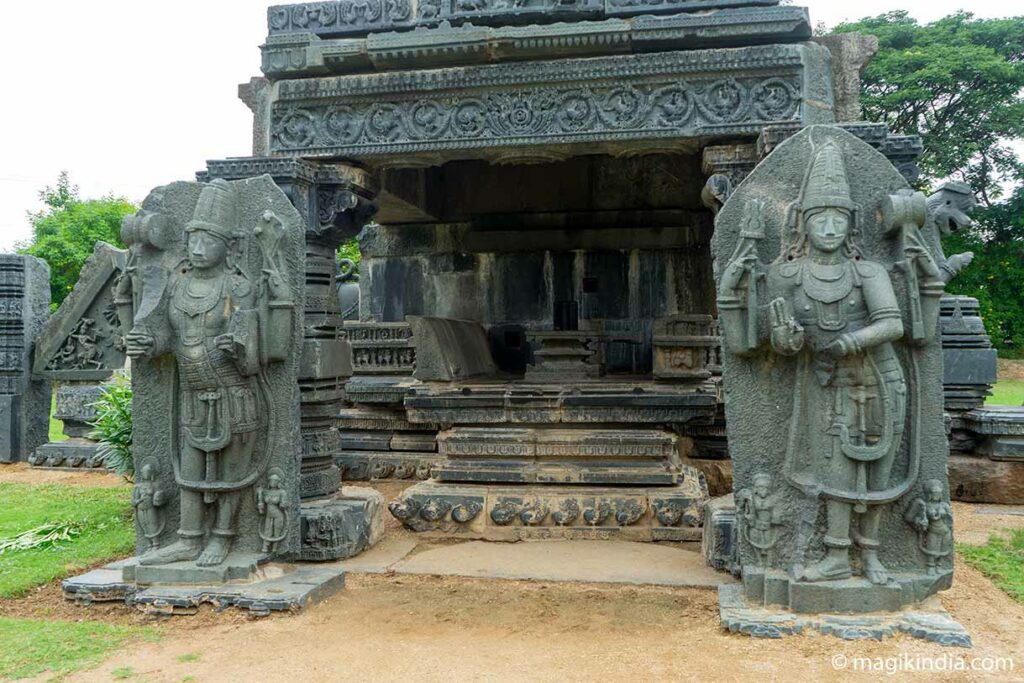
Kush Mahal
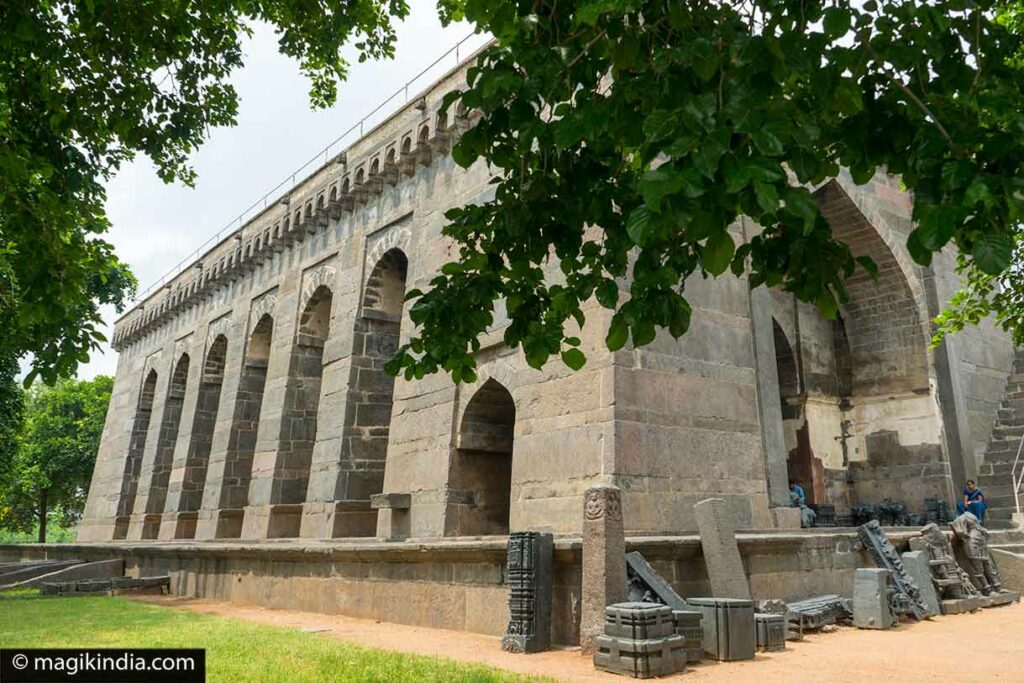
Located near the Warangal fort, the Khush Mahal built as a courtroom worth a visit. It is attributed to the Muslim kings Qutub Shahi. Some also attribute this monument to the Tughlaqs, a Turkish Muslim dynasty.
The Khush Mahal is used as a museum and contains several statues recovered from the site of the fort.
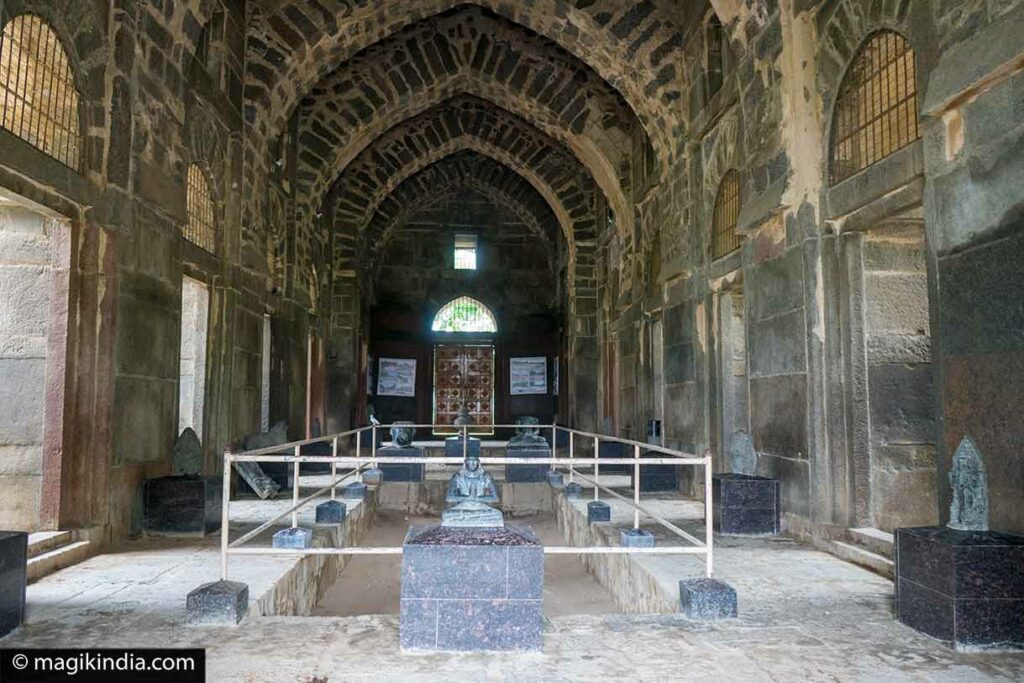
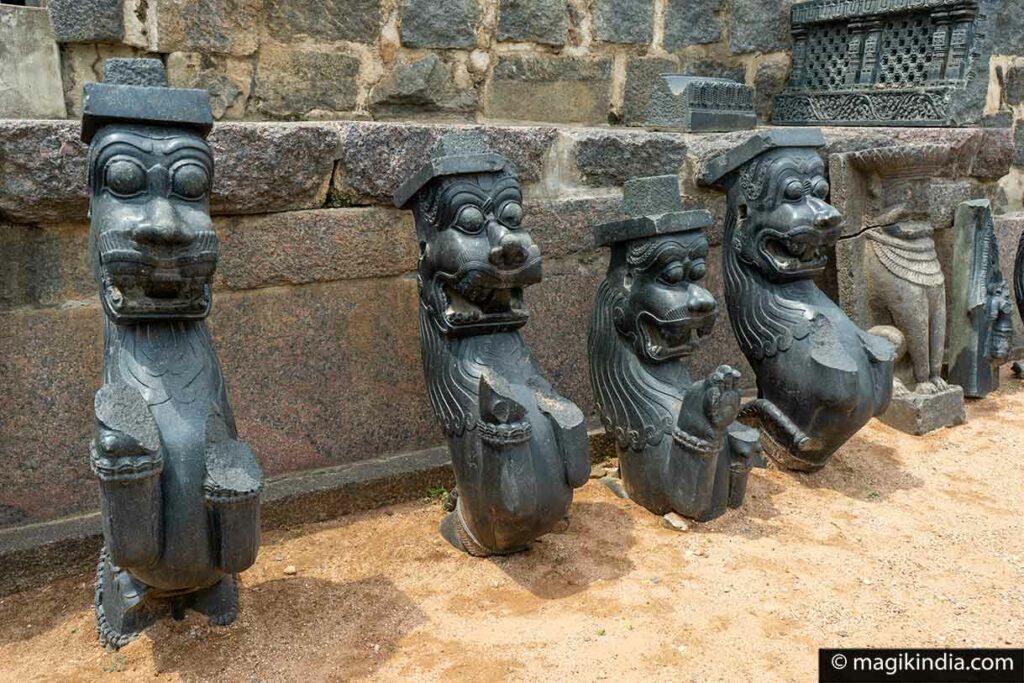
Thousand Pillars Temple (Hanamakonda)

Located in Hanumakonda (8 km from Warangal), the temple of Rudreswara, known locally as Veyisthambala Gudi (the thousands pillars temple), is one of the earliest examples of Kakatiya art.
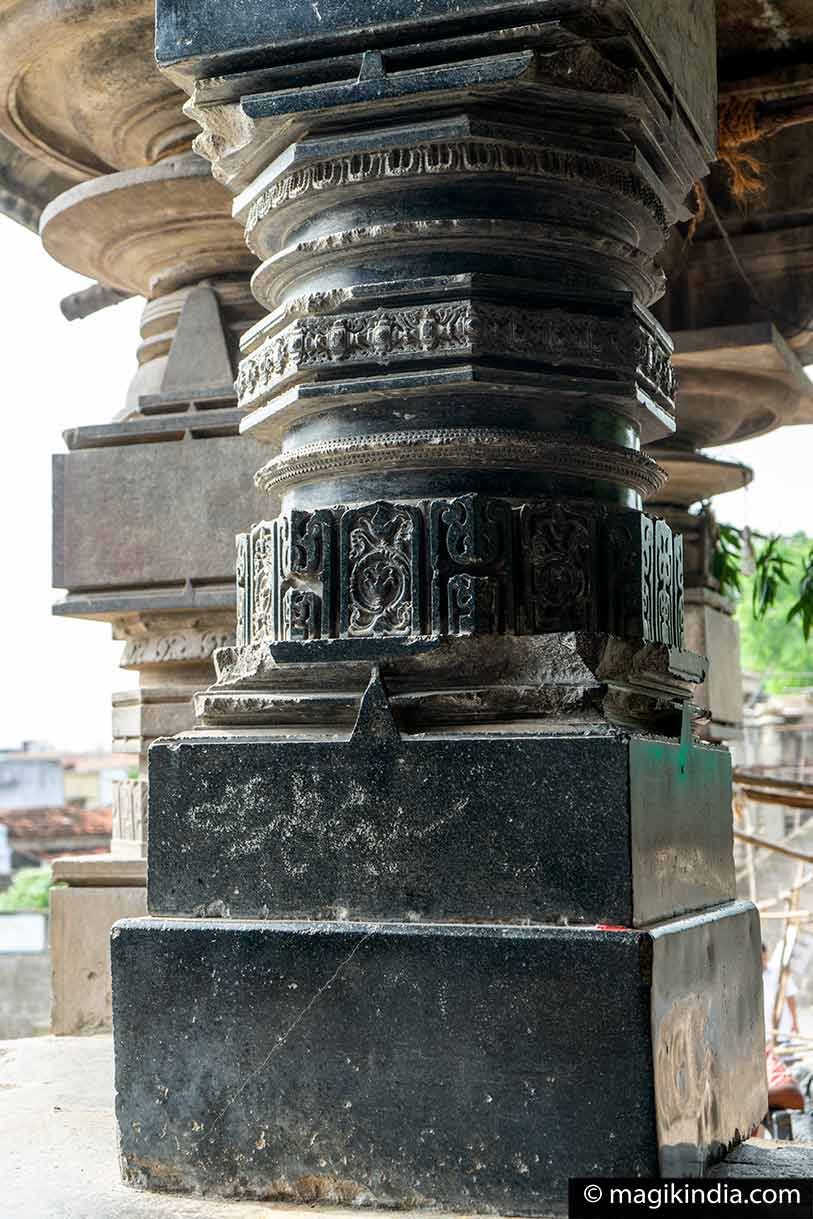
It was built by King Rudra Deva in 1163 AD and houses the Rudreswara deity, a form of the Hindu god Shiva. The temple is built on a star-shaped Chalukyan style platform with already the first signs of Kakatiya art.
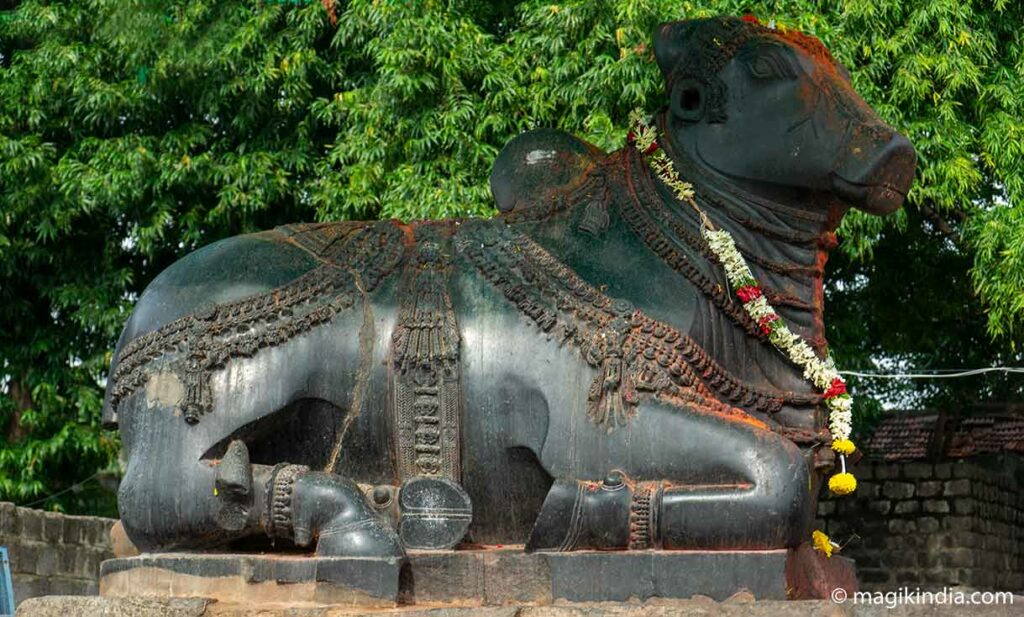
Bhadrakali Temple
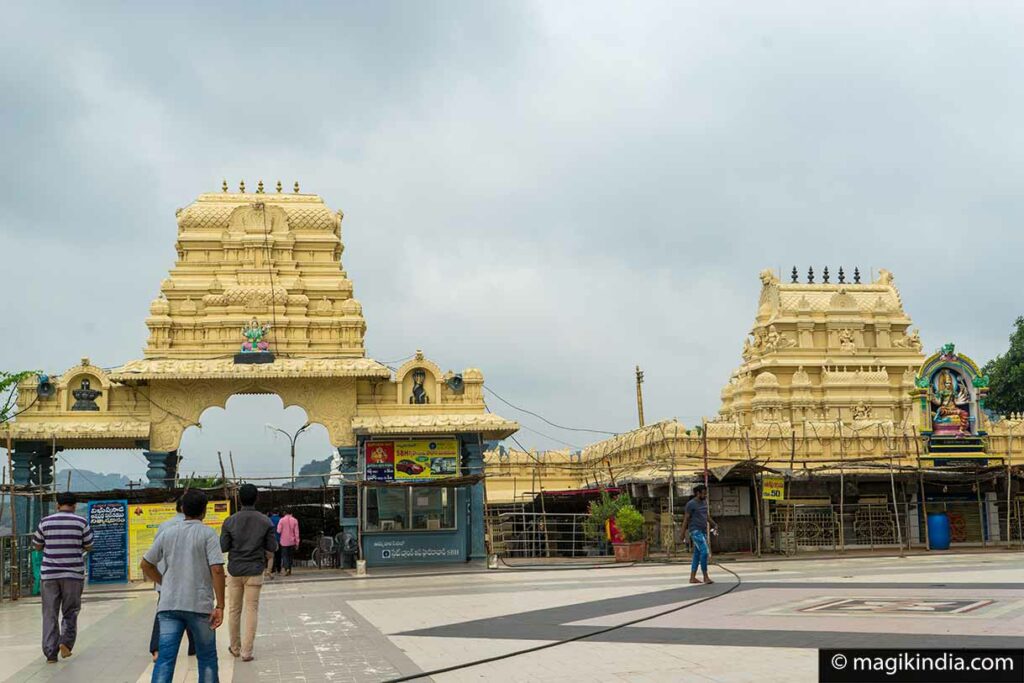
Located on top of a hill between the cities of Hanamkonda and Warangal, Bhadrakali is an ancient Hindu temple dedicated to Bhadrakali, (literally ‘good Kali’) a popular form of Kali goddess of southern India.
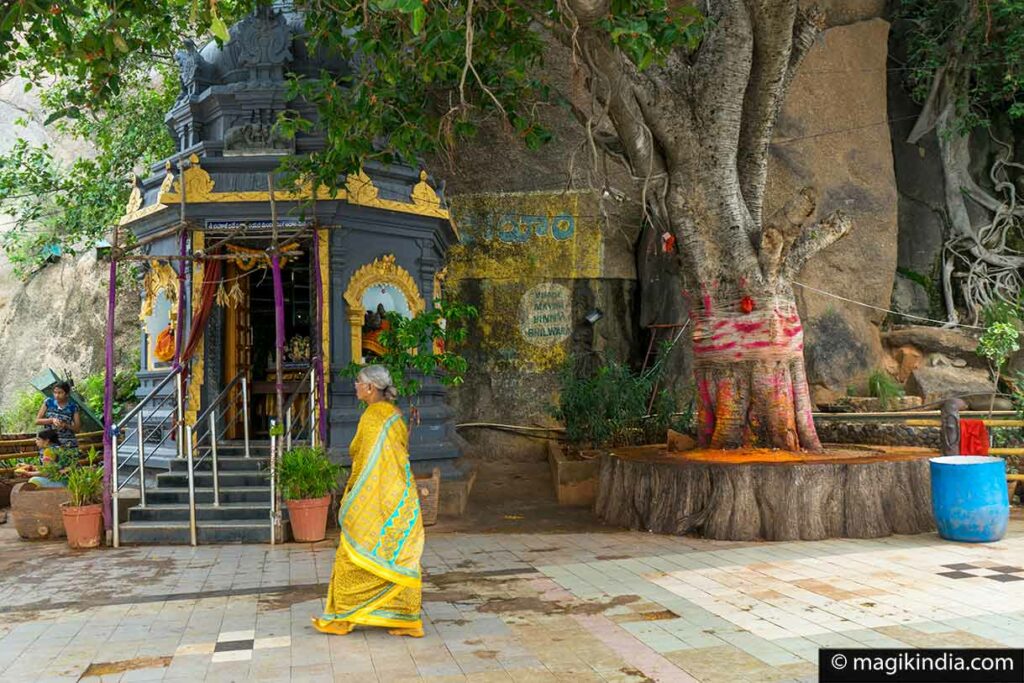
According to the writings engraved on one of the walls of the temple, the sanctuary was built in 625 AD by King Pulakeshin II of the Chalukya dynasty to commemorate one of his victories.
The Kakatiya kings then adopted the temple and considered the goddess Bhadrakali as their “Kula Devatha” or patron deity. Following the fall of the Kakatiya dynasty, the temple lost its importance.
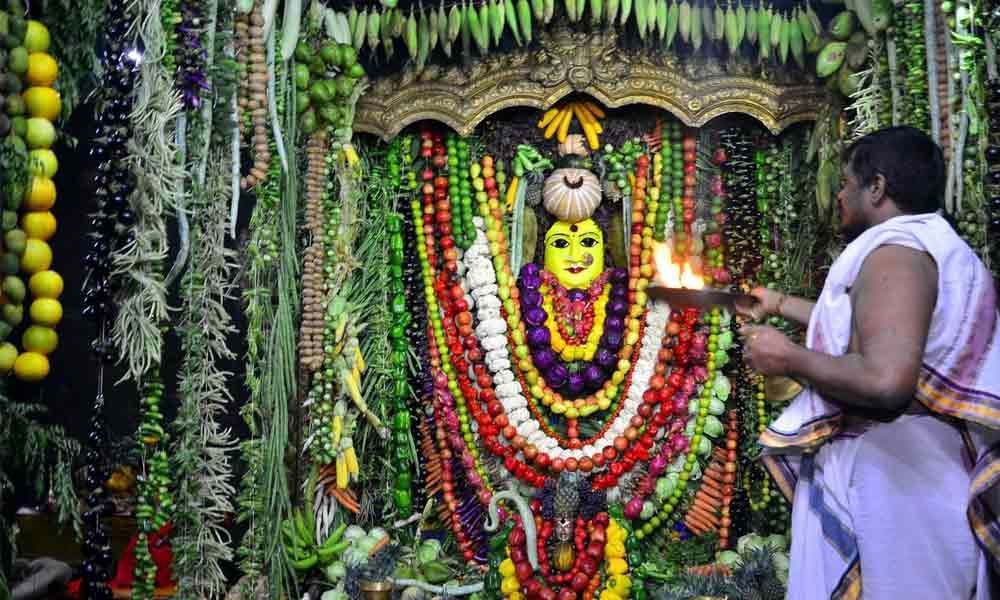
Padmakshi Temple (Hanamakonda)
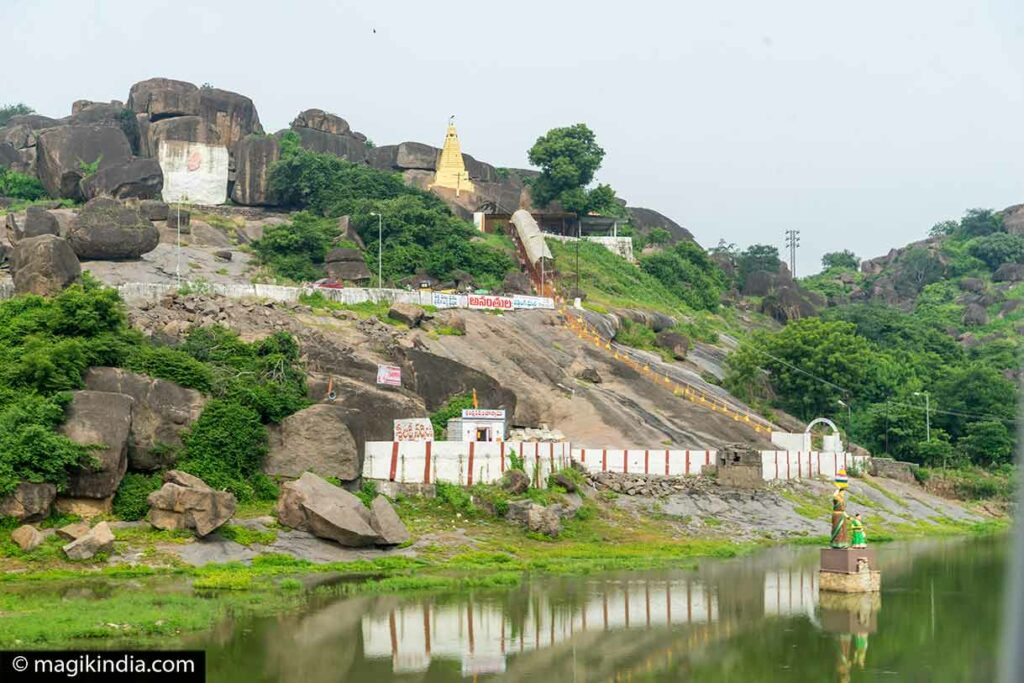
The Padmakshi temple built on a rocky hillock is one of the oldest temples of Hanamakonda. It was built in the 12th century by the Kakatiya kings. It is dedicated to the Hindu goddess Padmakshi (Padmakshamma).
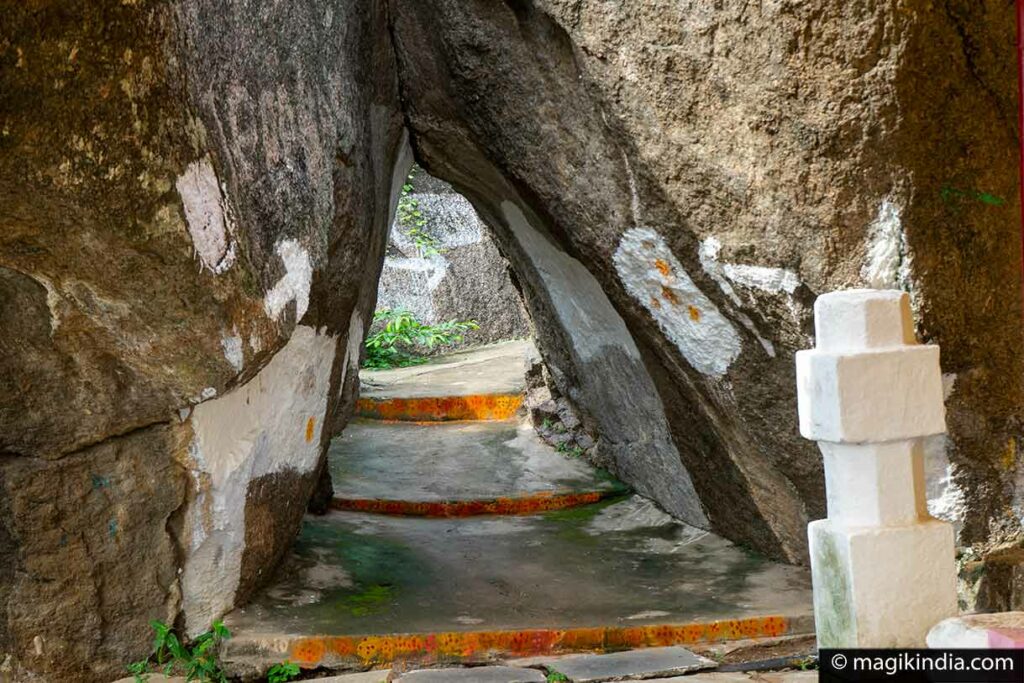
Originally the temple was a ‘basadi’ or jain sanctuary and one can still see many statues of the Tirthankaras (Jain saints) carved all around the temple. King Kakatiya Betaraju II was the first ruler of his dynasty to convert to Hinduism. Previously, all Kakatiya kings were followers of Jain faith.
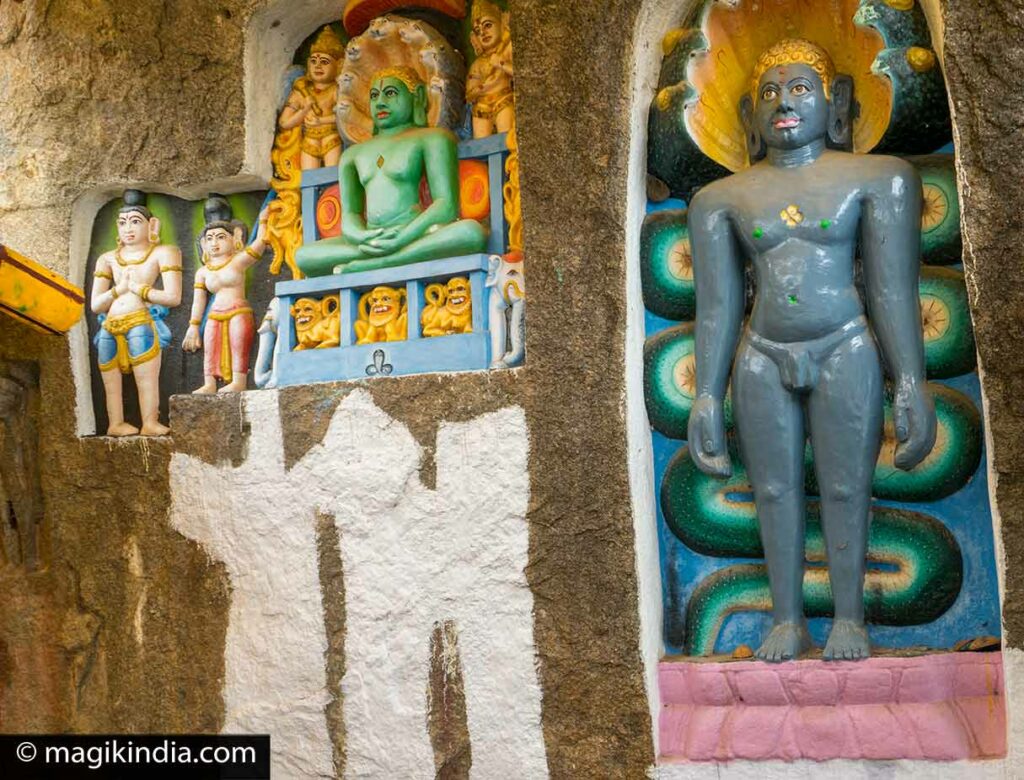
Once a year, around September-October, thousands of women gather at this place to celebrate the famous Bathukamma festival where they make offerings of flowers to the goddess in the pond at the foot of the Padmakshi hill.

Ramappa Temple (65 km)
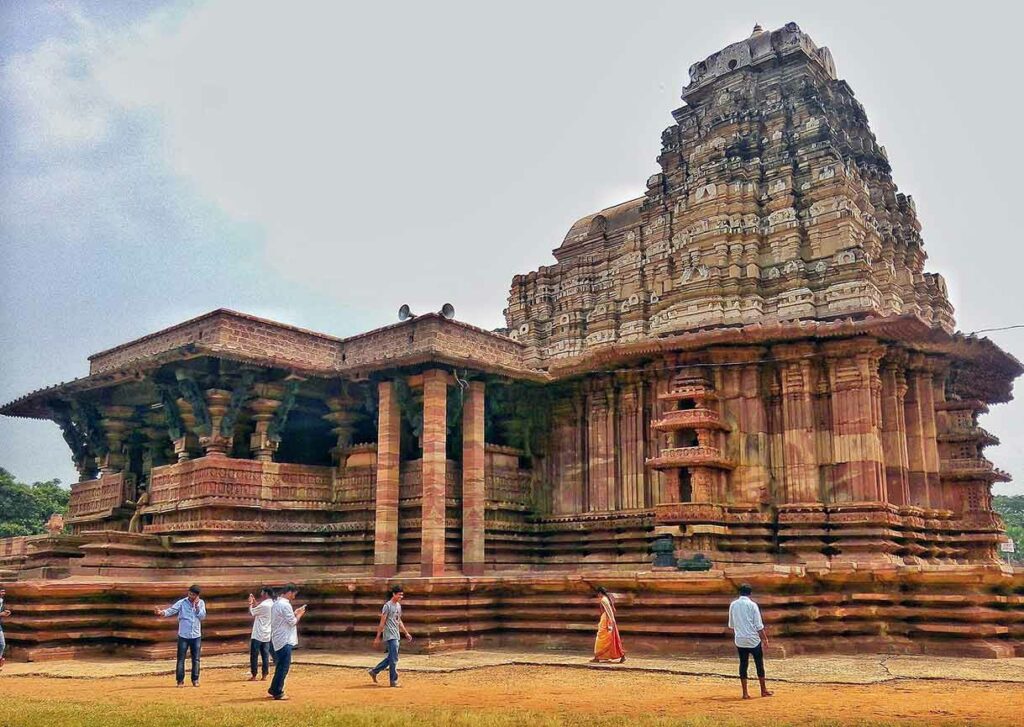
The Ramappa temple, also known as Ramalingeswara temple, is located in Palampet, 65km from Warangal. The temple is named after its main sculptor, Ramappa, and not according to the divinity of the sanctuary, Ramalingeswara, as it is the norm in general.
The sanctuary was built in the name of the king, Kakatiya Ganapathi Deva, by the general Rudra Samani.
The temple stands majestically on a star-shaped platform. The dance postures carved on the pillars of the temples are particularly harmonious and detailed.
Nataraja Ramakrishna, a scholar and musicologist, relaunched the Perini Shivatandavam dance, an ancient form of Telangana dance, inspired by the temple’s sculptures.


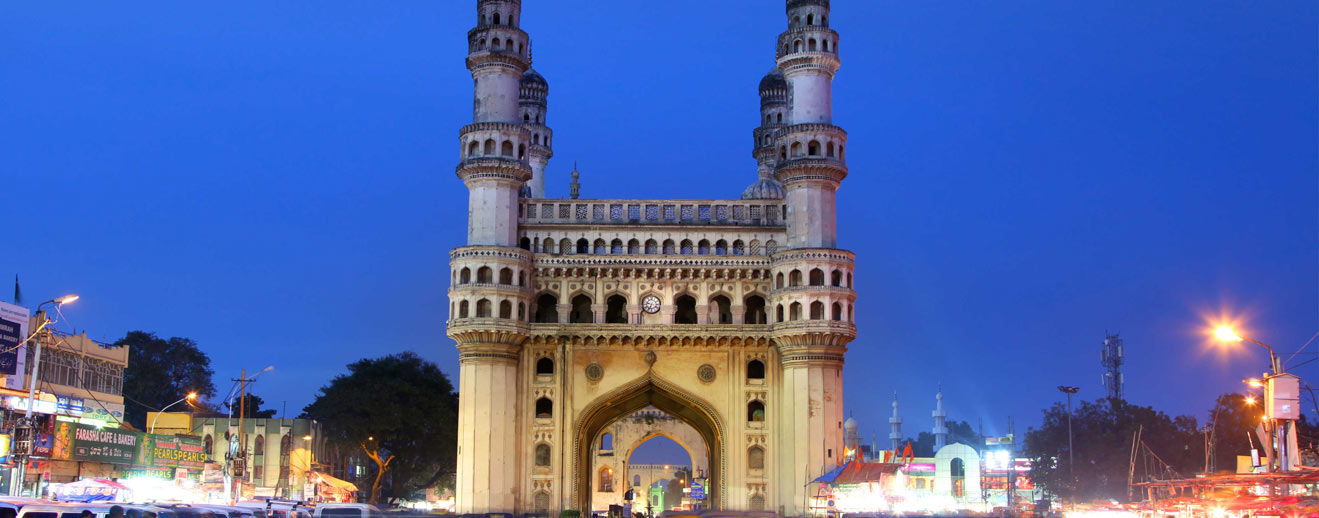

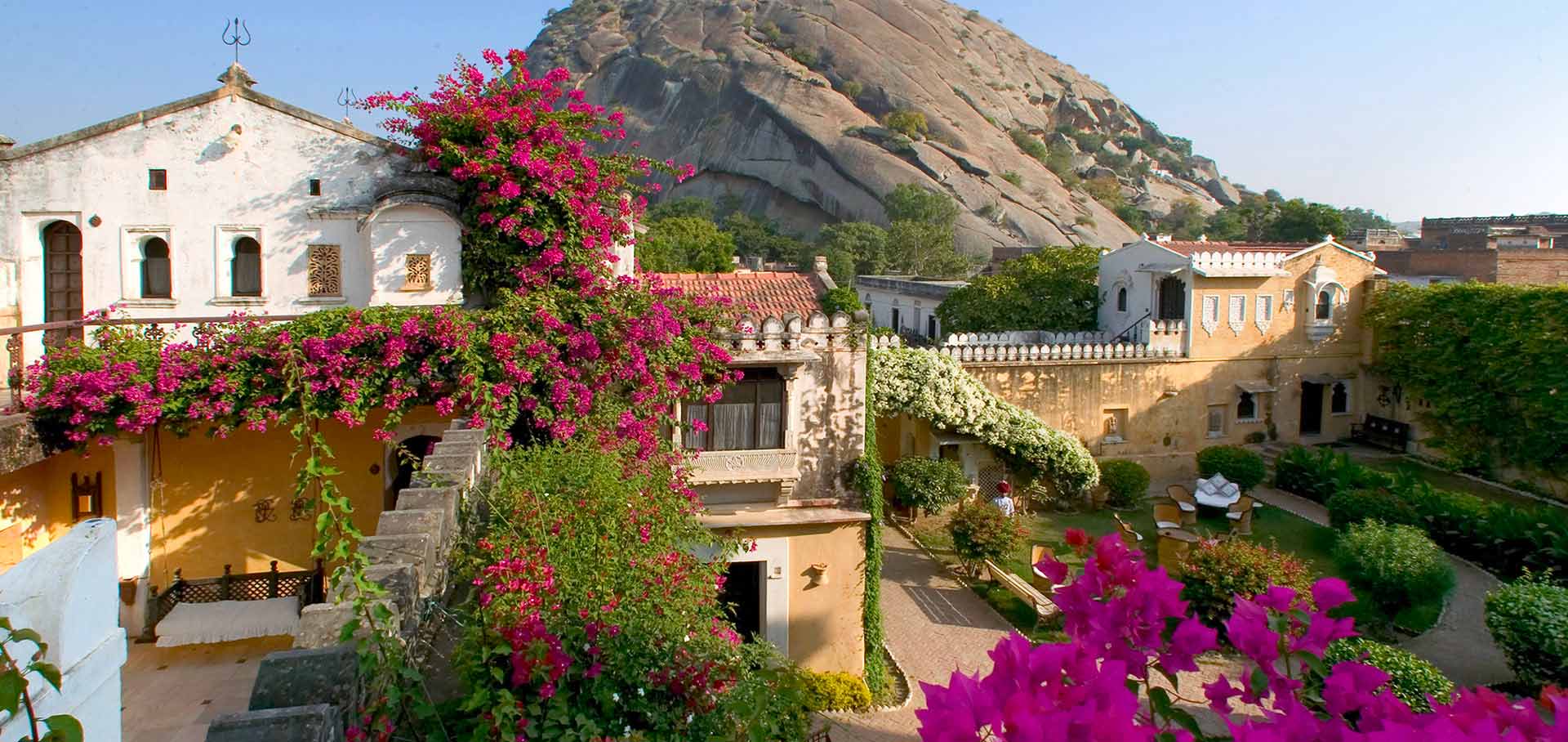
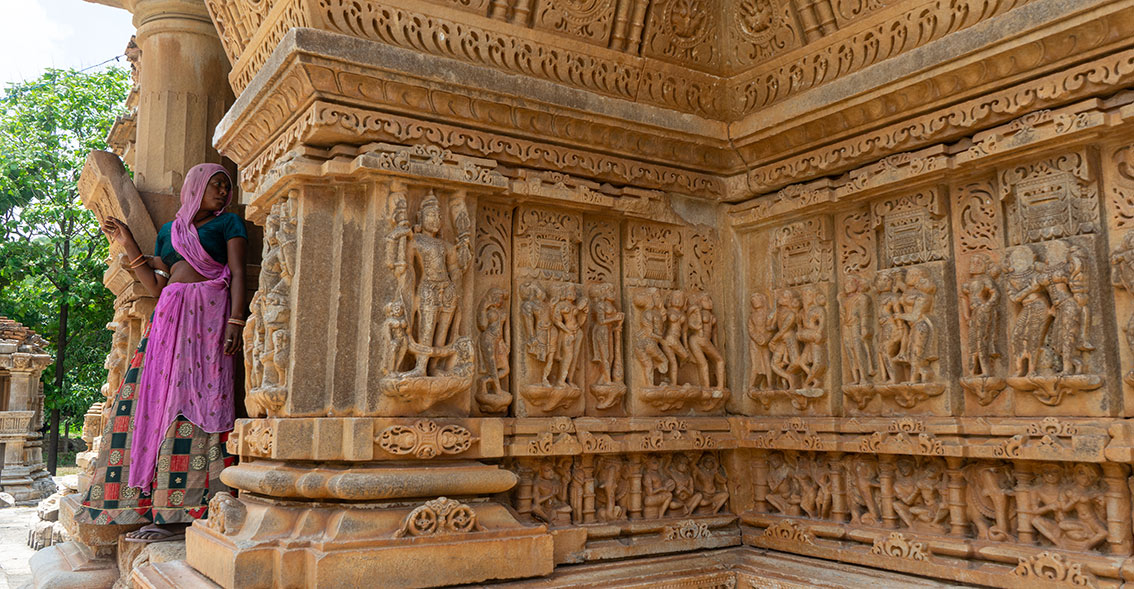
You are doing so amazing work for our country
Keep growing up buddy
God bless you
Best wishes from Rajasthan
❤️❤️
@clickwithraazniq
Many Tks Raaz, take care 🙂